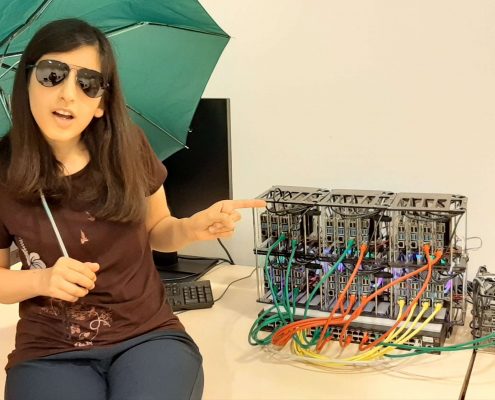Authors: Minh Nguyen, Hadi Amirpour, Christian Timmerer, Hermann Hellwagner (Alpen-Adria-Universität Klagenfurt)
Abstract: HTTP/2 has been explored widely for video streaming, but still suffers from Head-of-Line blocking, and three-way hand-shake delay due to TCP. Meanwhile, QUIC running on top of UDP can tackle these issues. In addition, although many adaptive bitrate (ABR) algorithms have been proposed for scalable and non-scalable video streaming, the literature lacks an algorithm designed for both types of video streaming approaches. In this paper, we investigate the impact of quick and HTTP/2 on the performance of adaptive bitrate(ABR) algorithms in terms of different metrics. Moreover, we propose an efficient approach for utilizing scalable video coding formats for adaptive video streaming that combines a traditional video streaming approach (based on non-scalable video coding formats) and a retransmission technique. The experimental results show that QUIC benefits significantly from our proposed method in the context of packet loss and retransmission.
Compared to HTTP/2, it improves the average video quality and also provides a smoother adaptation behavior. Finally, we demonstrate that our proposed method originally designed for non-scalable video codecs also works efficiently for scalable videos such as Scalable High EfficiencyVideo Coding (SHVC).
Keywords: QUIC, H2BR, HTTP adaptive streaming, Retransmission, SHVC
Conference: ACM SIGCOMM 2020 Workshop on Evolution, Performance, and Interoperability of QUIC (EPIQ 2020), August 10-14, 2020, Newyork City, USA.
Link: https://conferences.sigcomm.org/sigcomm/2020/workshop-epiq.html









